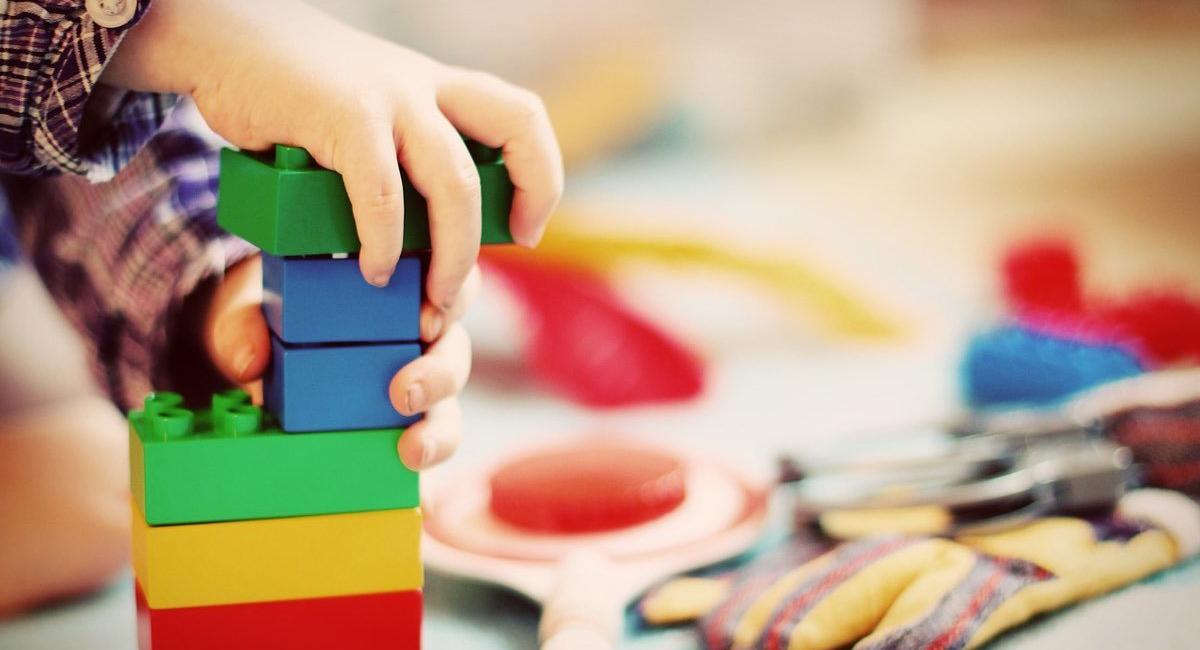According to the Montessori philosophy, children are in the sensitive stage for “order” between the ages of two and four. You can read the stages of sensitivity in our article. Children at this developmental stage are sensitive to order, routine, and consistency in their environment. The work to be done at this stage provides discipline for children to be self-organized.
For babies with limited motor skills, establishing a responsibility can start with showing them how to put a material out of the toy box back into place.
For toddlers and preschoolers, you can encourage them to clean and organize their environment according to their developmental stage.
How can you practice Montessori habits at home to encourage your kids to be spontaneous?
1. Limit Clutter
In order for children to maintain order without any stimulus, they first need to know where each toy/material belongs. Irregular environment also leads children to disorder.
The solution in this case is very simple;
-Limiting the number of toys
-Creating a layout plan by categorizing
You can limit the number of toys/materials to rotate in certain periods. Not all activities in front of the child; periodical, categorically separated specific activities take place. You can keep its interest alive with periodic rotations.
According to Montessori, choose a small number of toys for a layout, arrange them by topic, and place them from easiest to hardest. This structure shows that every material and activity has a place.
2. Make it Reachable
According to the Montessori method, all activities are located on low and open shelves to allow the child’s natural participation. This structure gives children the freedom to easily access materials, choose their activities, and put them back when they’re done.
Reaching your child’s toys at home; Does it require functions that need help, such as opening difficult doors, reaching high shelves, or carrying a heavy toy box? If this is the case, the child will have a low motivation for reinstatement and regulation.
Encourage your children to be more independent when choosing their toys to make it easier to maintain order and discipline. You can implement some organizing solutions, such as easy-open fabric toy boxes or low open shelves.
3. Go in order
The great responsibility that is suddenly given to the child reduces his appetite and confidence to do it. You can start with layout tasks that won’t break his trust and make it harder in turn.
For example, you can give the task of collecting legos or blocks first. Then the task of arranging your bed is added. Thus, while the child gradually increases his responsibilities, he reaches the sense of achievement of being able to do it.
4. Be a role model
In the first six years of life, children learn quickly by absorbing information from their environment in order to know, understand and be involved in the world. This includes learning from the behavior of others.
As parents, you must be a role model of the behavior you expect from your children. If you’re messy, it’s much more difficult to encourage them to be neat and clean, as your child will unintentionally imitate your actions.
When you wake up in the morning, you make your bed, wash your face, organize your clothes; It also shows your child how to do these operations. As you edit the materials in your own life, he begins to organize the materials in his own life. In this process, do not forget to tell him often what you do and why, and to keep the communication tight. You can be a good role model to your child with these processes.
